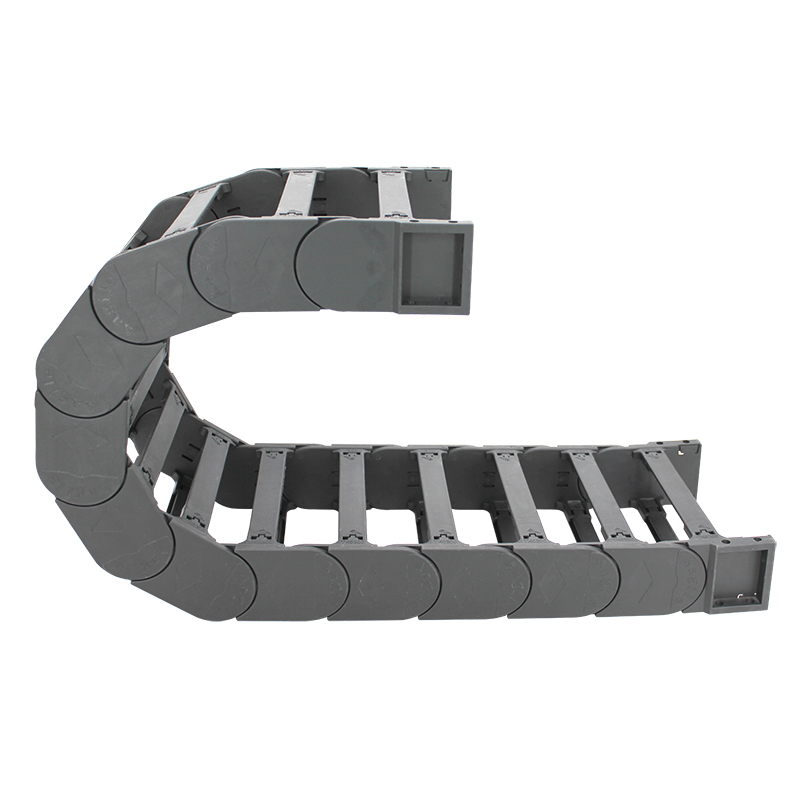toothed belt drive
Understanding Toothed Belt Drives A Comprehensive Overview
Toothed belt drives, also known as timing belt drives, are integral components in various mechanical systems, facilitating the transfer of power between different machinery parts while ensuring precise timing and synchronization. The toothed belt, typically made from durable materials like neoprene or polyurethane, features evenly spaced teeth that mesh with corresponding pulleys. This design minimizes slippage and provides high torque transmission, making it an ideal choice for applications requiring reliability and accuracy.
Key Components of Toothed Belt Drives
A toothed belt drive system mainly consists of three key components the toothed belt itself, the driver pulley, and the driven pulley.
1. Toothed Belt The belt, often reinforced with fibers such as aramid or nylon, enhances strength and durability. Its tooth design allows for effective grip on the pulleys, preventing the belt from slipping during operation. Various tooth profiles are available, such as trapezoidal and round, each designed for specific applications.
2. Driver Pulley This pulley is connected to the power source, such as an electric motor. As the driver pulley rotates, it pulls the toothed belt, which in turn engages with the driven pulley.
3. Driven Pulley The driven pulley is connected to the output component, which may be another piece of machinery or a load requiring motion. The speed and torque imparted to this pulley depend on the driver’s speed and the gear ratio established between the driver and driven pulleys.
Advantages of Toothed Belt Drives
toothed belt drive

Toothed belt drives offer several advantages over traditional chain and gear systems. Firstly, they operate more quietly and with less vibration, making them suitable for environments where noise reduction is critical. Additionally, toothed belts require less maintenance compared to chain drives since there is no need for lubrication, which can also lead to potential contamination of surrounding components.
Moreover, these systems are lighter than their counterparts, which contributes to the overall efficiency of machines. The precise timing mechanism ensures that they are ideal for applications where synchronization is essential, such as in automotive engines and CNC machines. The ability to design systems with variable diameters of pulleys allows flexibility in speed and torque configurations, further broadening their applicability in various industries.
Applications of Toothed Belt Drives
Toothed belt drives are utilized across different sectors, including automotive, manufacturing, and robotics. In automobiles, they are primarily employed in camshaft timing systems, ensuring that engine valves open and close at the correct timing relative to the pistons. In manufacturing, these belts are often found in conveyor systems, where they transport materials and products efficiently along production lines.
In the world of robotics, toothed belt drives enable precise movement and positioning, crucial for robotic arms and automated machinery. Their capacity to operate in high-load environments while maintaining accuracy makes them a go-to option for engineers and designers.
Conclusion
In summary, toothed belt drives play a vital role in modern engineering and technology, providing a reliable and efficient method for power transmission. Their unique design and advantageous features make them suitable for a wide array of applications, from automotive engines to robotics. The continuous development of materials and innovations in belt technology only promise to enhance the performance and reliability of toothed belt drive systems in the future. As industries evolve, understanding the intricacies of toothed belt drives will remain essential for those involved in design, manufacturing, and maintenance of mechanical systems.








